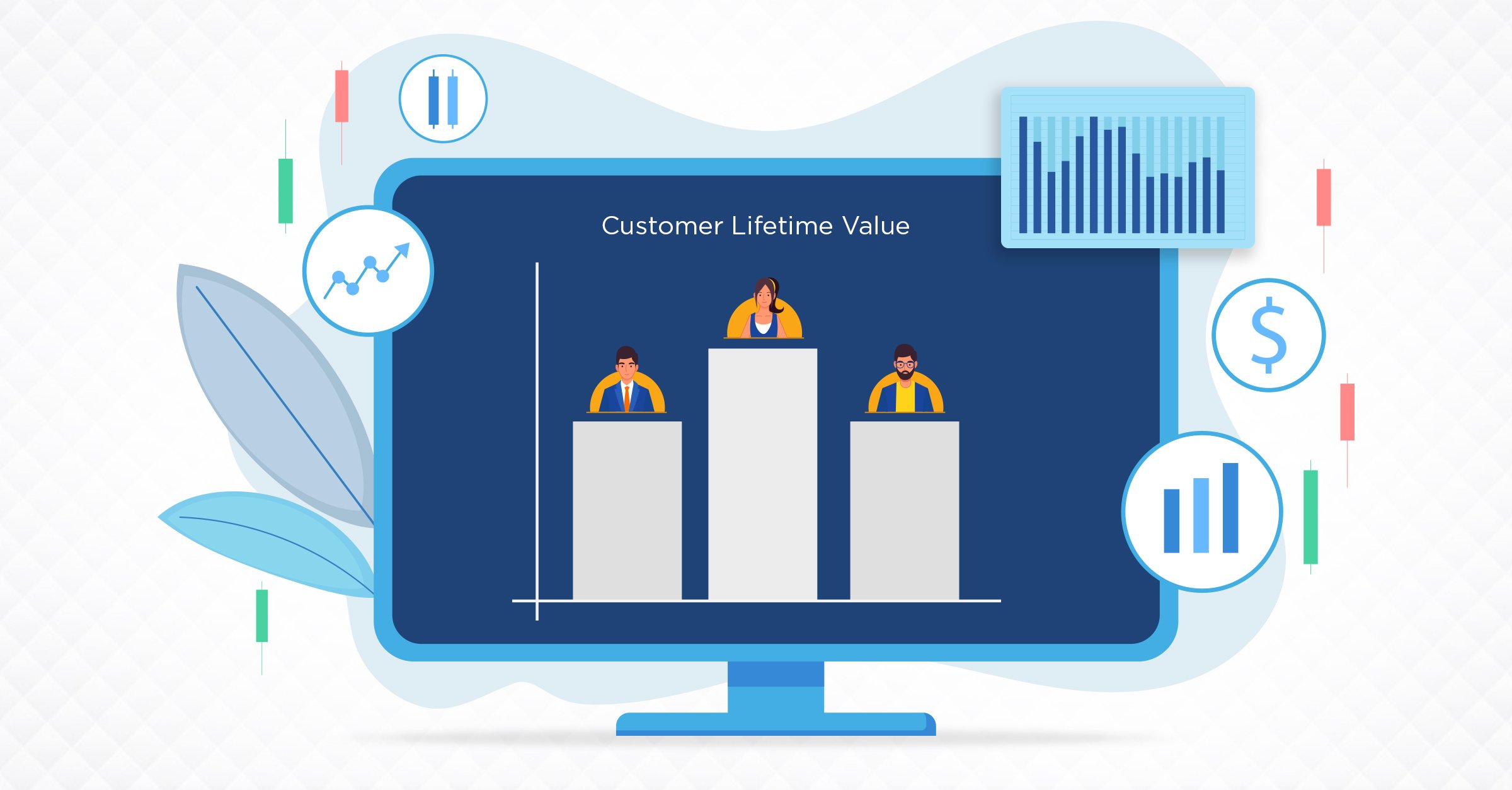
Businesses devote a huge deal of time, effort, and resources to ensure success. They might even be fixated on numbers such as sales, number of visitors, and ROI, assuming that healthy numbers are an automatic indication of business success.
While those data are not entirely to be disregarded, many businesses have been sleeping on an important measure, the Customer Lifetime Value (CLV). Why should your business care about CLV and how does it relate to sustaining your business? Well, consider this our first lesson for you about CLV!
What is CLV?
CLV is the total amount of money that a customer can be expected to spend doing business with you during their lifetime. It is the measure of profit associated with the relationship with an individual customer, and gives an idea of how much you should invest in maintaining that relationship.
Calculating CLV
CLV can be calculated using this simple formula:
CLV = average value of a purchase X number of times the customer will buy each year X average length of the customer relationship (in years)
(The good news is, you can easily keep track of your customers’ value of purchase and frequency of visits from our dashboard analytics.)
Picture yourself as a shoes business owner who has multiple customers of different backgrounds and behaviors. One of your regular customers, Customer A, is an athlete who buys running shoes. This might be his/her CLV:
$100 per pair of shoes X 4 pairs per year X 8 years = $100 x 4 x 8 = $3,200
At the same time, you have another customer, Customer B, the mom of a toddler who buys toddler shoes. She might be worth:
$20 per pair X 5 pairs per year X 3 years = $20 x 5 x 3 = $300
As you can see, the mom might come back more often to your business, but it doesn’t indicate a higher CLV. Measuring CLV this way pin-points who you should be paying more attention to, the athlete group of your customer database. On the other hand, you won’t have to spend more than $300 to try and keep the relationship with Customer B. It just wouldn’t be profitable for you. In other words, the treatment you’ll give to customers who raise your revenue more would be different than the treatment to those who bring lower revenue.
Why Is Knowing CLV Important?
With CLV, you are well-informed on how to segment your customers based on value. You can put more effort in retaining your existing customers instead of acquiring new ones. CLV helps you to:
- Determine how much budget to maintain profitable customer relationships
- Identify who your most profitable customers are
- Focus on learning their preferences, needs, and wants
- Identify products with the highest profitability
Altogether, you can make powerful business decisions that significantly increase your profits and sustain your business!
So, what if your customers mostly have a low CLV? Although low CLV might be discouraging, it is not set in stone. We’ll further discuss how to increase CLV, retain your customers, and help your business in the long term, so keep yourself updated with our future posts!


.png)
